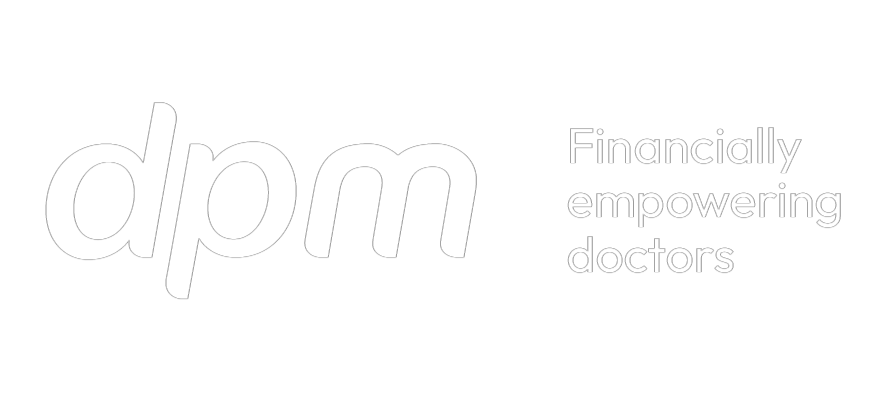Fixed or variable interest rates? Interest only loans? Redraw or Offset functionality?
The world of debt management has its own language and can be a minefield for medical professionals.
Here’s a brief summary of the basic details – the main types of loan facilities, features and risks.
Fixed Rate Loan
As their name suggests, fixed rate loans lock-in a particular interest rate to all, or part of, your loan for a defined period.
Why would I consider a fixed rate loan?
- Enables the borrower to accurately predict their future payments
- If interest rates rise, the borrower has security knowing their fixed interest rates will not change until the fixed period ends
Why should I be careful?
- Generally, fixed rate loans attract a higher interest rate than variable rate loans (detailed below)
- If interest rates fall during the term of the fixed rate loan, your loan will be become increasingly expensive
- Fixed rate loans typically offer limited flexibility – like the inability to accelerate loan repayments or additional early payout fees
Variable Rate Loan
Variable rate loans attract a floating interest rate that may fluctuate at the bank’s discretion and consequently minimum repayments may vary.
Why would I consider a variable rate loan?
- Generally, variable rate loans have a lower interest rate than fixed rate loans
- Additional features may be available – such as the ability to make additional loan repayments and varying payment frequency
Why should I be careful?
- As interest rates rise, variable rate loans and repayments will likely rise accordingly. This may have a negative flow-on impact on budgeting and any savings plans
Interest Only Loan
An interest only loan is simply a loan where only interest is repaid for a fixed period, rather than both interest and the principal owing.
Why would I consider an interest only loan?
- Decreased monthly repayments given the borrower is only paying the loan interest
- Increased available cashflow available for alternative purposes
- If the interest paid on the loan is tax deductable, then paying interest-only enables the investor to maximise that deduction. After all, paying off the principal means that interest would be charged on a smaller amount which in turn, reduces the dollar amount of the tax deduction
Why should I be careful?
- Your loan balance is not being repaid under an interest only loan and consequently you are increasing the life of the loan
- Potential cashflow trap – the interest only loan will revert to principal and interest repayments at some point in future and total monthly debt repayments will increase
Redraw Facility
A redraw facility allows any additional funds (above the minimum requirement) paid into your loan to be withdrawn for alternative purposes.
Why would I consider a redraw facility?
- Any surplus cash paid directly into your loan will result in less interest being charged and a reduction in the life of your loan.
- Increased flexibility and access to any additional savings (repayments) as required.
Why should I be careful?
- Additional fees or higher interest rates may apply to loans with redraw facilities
- Lenders may enforce restrictions on the minimum amounts that can be redrawn
- Any additional repayments made directly into a loan and then redrawn for a non-income producing purposes may result in interest expenses not being fully deductible
100% Offset Accounts
A 100% offset account is a separate account to your loan, however, when your interest is calculated, the funds held in this account are ’offset’ against your loan, effectively reducing your interest liability.
Why would I consider a 100% offset account?
- As per a redraw facility, any surplus cash paid directly into your loan will result in less interest being charged and a reduction in the life of your loan
- Increased flexibility and access to any additional repayments, often by linked ATM or cheque access, as required
- Unlike a redraw facility, additional repayments into an offset account may be withdrawn from an offset account whilst maintaining full deductibility of interest on your loan
Why should I be careful?
- Additional fees or higher interest rates may apply to loans with offset account functionality
- You are not paid any interest on money saved in an offset account
Still not sure what you should do? DPM’s finance consultants are experts in providing credit advice to medical professionals and will be glad to help you figure it out.
We use a range of lenders and will help structure your finance requirements in accordance with your needs. Get in touch with us today to know more about what’s the best solution for you.
* The information contained in this site is general and is not intended to serve as advice. DPM recommends you obtain advice concerning specific matters before making a decision.





